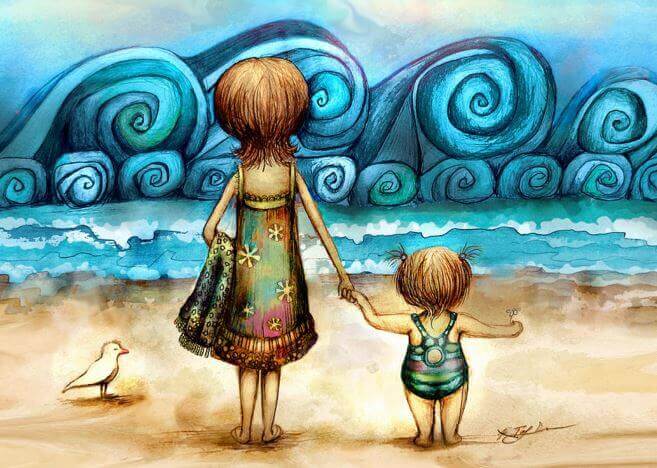If there is one thing that characterizes the Waldorf and Montessori teaching methods, it is that both reject formal education as we know it today, that is, they are alternatives to the ruled education that imposes strict pedagogical guidelines.
From now on, knowledge of each of these proposals must be understood from their history and their development context. We will try to update this article on these issues, so that we can then briefly reflect on their principles and concepts on evolutionary development.
- In any case.
- Each proposal has the clear objective of improving education and.
- Therefore.
- Social and human development.
- From this basis.
- Let us take a closer look at these two pedagogical methods:.
This school was founded in 1919 by the philosopher Rudolf Steiner following the pedagogical request he received from the director of the Waldorf Astoria cigarette factory, who was interested in excellence in the education of his employees. Youth education takes place in three stages of 7 years each. :
0 to 7 years. In this first step, it is understood that learning is based on imitation and the game is used with a highly sensory approach: kneading bread, grinding grains, painting in watercolor, making crafts.
7 to 14 years old. In this second stage imagination and art are exhibited from different angles with different activities: sculpture, educational games, weaving, music, swimming, athletics, etc.
14 to 21. You learn through agitation in the search for reality and truth. Autonomous thinking is encouraged, the search for the essential and activities such as machine sewing, weaving with looms, metal crafts, basketry, restoration, cinematographic art, electricity, etc. , are being carried out.
The emphasis remains on the spiritual aspects of evolutionary development, and each person’s artistic expression is reinforced as being individual in a complex and holistic way, that is, it is intended to include the growth of the person with each of his potentialities.
There are schools all over the world and, out of curiosity, it must be said that famous artists like Jennifer Aniston and Sandra Bullock have studied in these schools, so far we have provided an overview.
It should be noted that the background of the Waldorf philosophy is esoteric in nature and, therefore, conflicts with the scientific part that requires empirical evidence of pedagogical methods.
The Montessori method is now one of the most widespread and practiced in the field of education. Between the late 19th and early 20th centuries, Italian educator Maria Montessori developed an educational method based on the idea that a child should develop his skills freely.
In other words, it is not the adult who will direct the child’s activity, but the child who adapts his environment to his developmental level and learning interests. Therefore, the method offers open development in a fully structured environment.
In fact, the discovery of the world and skills is enriched with specialized materials. There are certain sensitive periods, evolutionary moments of great neuro-emotional potential, when education is paramount. In practical terms, it is essential that in the period of 0 to 11 years, children explore their world as autonomously as possible.
So, in general, we can talk about the creation of Montessori microcosmos or microworlds, it is about creating a purely childish environment: child-sized furniture, toys that value exploration and cognitive flexibility, etc.
Indispensable in the Montessori method: the attention of parents, active participation in the learning process of their children according to the definition of sensitive periods and the creation of a universe based on the affection and respect for the individual rhythms of children.
However, more than a pedagogical method, when we talk about Montessori we mean an educational model that encompasses a whole learning from concrete proposals, in any case we will dedicate more articles to this subject in order to deepen each pedagogy, its philosophies. , their materials and tools.

